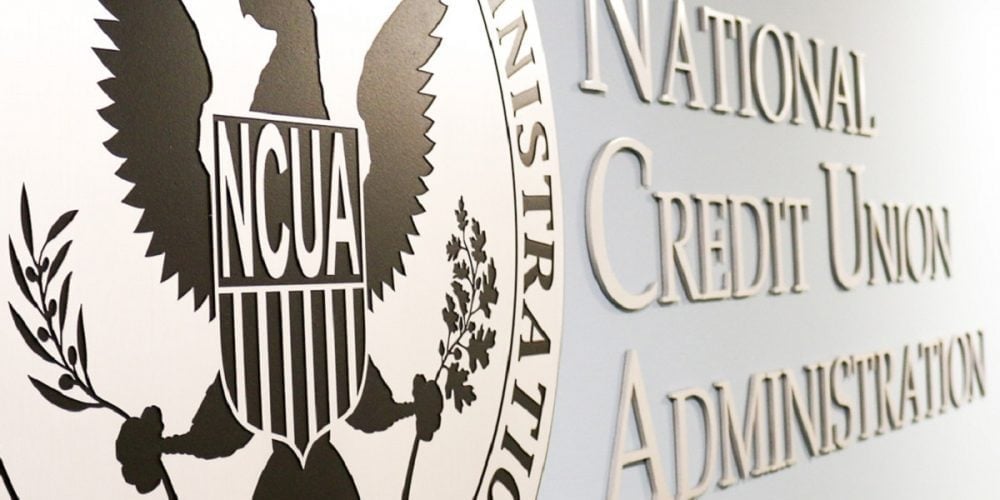If you work for an organization that has a brand presence on social media, how much do you consider it your job to be a part of that community?
Social media company policies aside for a moment, I think it’s time to consider how you could be a steward, a bouncer, the emcee of your brand’s social environment. And if you do happen to be involved in the marketing efforts of your organization, this is of utmost importance for you to do. Hear me out…
People are officially over the “more is more” trope when it comes to social media. No one believes our status is measured by numbers and quantities anymore. In fact, Klout, the site that uses social media analytics to rate its users according to online social influence via the "Klout Score," has announced it is shutting down on May 25. Recent pop culture examinations of the dangers of obsession with such trivialness hasn’t helped, and experts attribute Klout’s demise to personal data privacy concerns and “the whimsies of a passing fad.” If we’re finally sold on quality over quantity, does that mean we’ve reached peak social?
I believe we’re now seeing the pendulum swing away from social media ‘populism’ and toward real personal relationships. And this is a really good thing for credit unions using social media to connect with their communities.
They’re all doing it
Look at what many of the major social platforms are doing of late. Instagram is adding ‘features’ to help users scale back the enthusiasm of an overly exuberant Instagrammer so they can politely scale back who they actually see content from. Think about that for a minute – they spent nearly a decade encouraging maximum connection and engagement on these platforms, and now they’re rolling out features that help us cut it back like an overgrown garden.
Instagram stated that it added this feature to make your feed more personalized but acknowledged there was clearly user demand for it. Twitter already has a mute button. Facebook has had features for a long time to ‘show me less of this’ without outright unfollowing. And as we all know, recent controversy around social media data use has caused millions to seriously consider ditching Facebook or finding better alternatives.
How it’s good for credit unions
Whole Foods’ twitter following was once a thing of envy by all consumer retailers. Very early on in the trend of companies using Twitter, they surpassed 1 million followers. Their success was attributed to their strategic focus on radiating a small-town community grocery store feel and connecting with customers, answering location-specific questions and promoting specials unique to certain areas and they saw growth of 10% daily.
Very few credit unions have reached a million. But do you need a million? Is Whole Food’s success on social more due to their having now 4.84M followers, or that they have stuck to that local-approach strategy? I think the latter.
I recently joined a cycle studio -- I never expected to get so quickly addicted to these group classes, I’ve always been a solo exerciser – but I realized that is exactly their strategy, and they do it well. They instantly create a sense of community for the 20 or so folks locked in the studio for the 45 minutes of intense biking. We’re all doing something hard together and suddenly these strangers are part of something with me, together we’re feeling the encouragement of the leader and the camaraderie or commiseration of each other. Doing something hard or worthwhile often brings people together.
And when was sticking to a budget, saving for retirement or reaching financial freedom ever easy? Never. But worthwhile? Always. How could a credit union help curate that sense of community among and within their small communities of followers all working toward similar financial goals as the community’s financial Sherpa? To be their social media sommelier guiding them with valuable content toward that financial finish line?
It might help to start with a few lessons learned from my “Cyclestar” leader:
- Help everyone get set up: Walking into something new for the first time is intimidating. From time to time, post content asking your followers if they feel they have the right resources, accounts and services or if there’s anything the credit union can do to reconfigure things for them. Put them in touch with someone who can help directly.
- Generate enthusiasm: Celebrate what success looks like, encourage people to keep saving, congratulate them for working toward their goals. If you have permission to use a member testimonial or success story, use it to encourage others that they can reach the same outcomes with your credit union as their support system.
- Call them by their name: Respond to comments, questions and ratings with a personal touch and look for ways to remind them they’re not in this space alone. Empathize with them when they’re upset and work with them to solve their problems.
- Leave them wanting more: If you can help people see that they are making progress in their financial goals, they will be back!
A final thought
If you’re following the news on financial regulations, you’ve seen the latest about rollbacks to the Dodd Frank Act. Personal opinions aside, the logic behind the loosening of these regulations is to allow institutions like credit unions to serve those who struggle to make ends meet.
Rep. Jeb Hensarling, chairman of the House Financial Services Committee, said in a statement: "For far too long, far too many people in our country have struggled to make ends meet. They've struggled to buy a car; they've struggled to buy a home; they've struggled for their version of the American dream. But today, that changes."
So, let me be not-the-first to tell you: You are now free to help those connected to you on social media with their struggles. You may need to adjust your strategies to find out what they need and how you can better serve them, but social media can be a great connector. Don’t be afraid to be a credit union!







